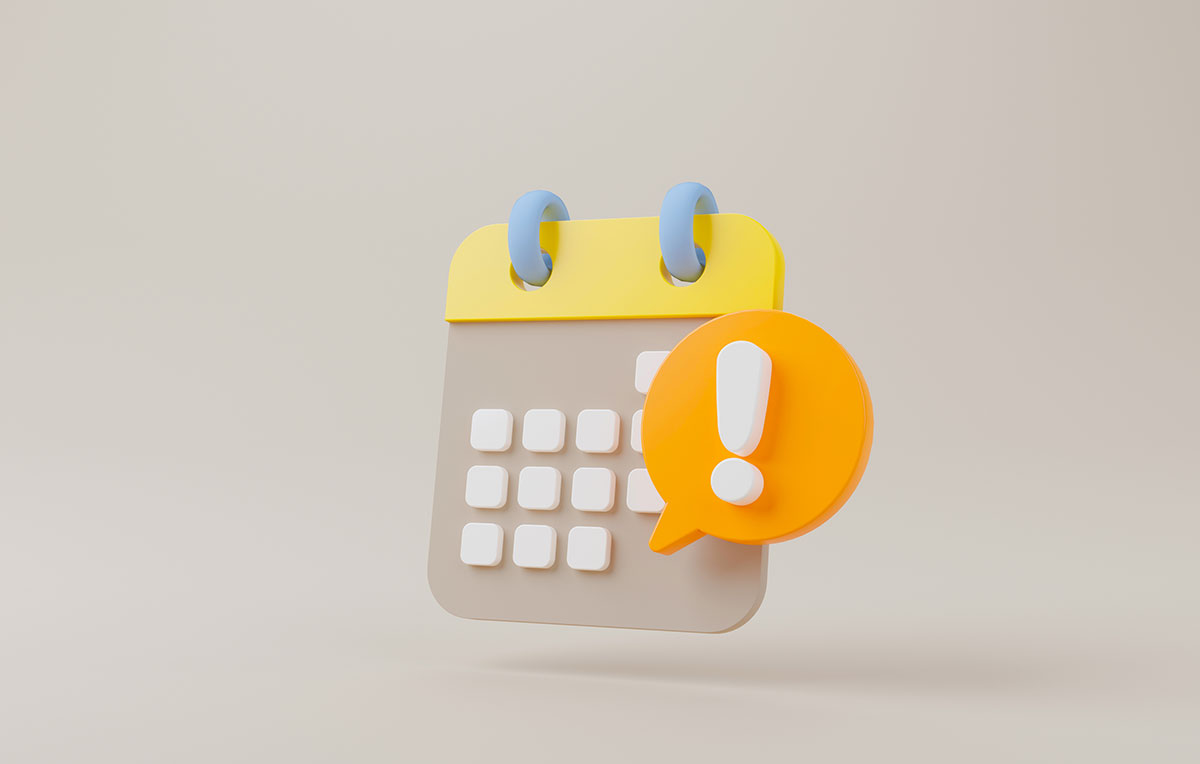When handling payments for your customers, there’s unfortunately no guarantee that the customer will pay you on time. The reality is that the majority of Americans are late in making their payments. A study from the Urban Institute found that 35% of Americans who have credit files available have debt in collections. That means 1 in 3 Americans has been reported for missing a payment.
Late payments make it hard to run your business, and even harder to pay yourself! When customers won’t pay, there’s only a few options that you can take. The first and most extreme option is to drop the customer altogether. Depending on the terms and conditions in your contract, this might be an option for you. With the obvious downside being terminating a relationship with a customer. So what would a better option be?
The better option would be to apply a late fee to your invoices. Late fees exist to make sure that customers make their payments on time.
Benefits of adding a late fee to your invoice:
- You will get paid as soon as possible
- Your customers will take their payments seriously
- You will get paid before people who don’t have late fees
If you’re not charging late fees for late payments, now might be the time to start.
Why start charging late fees? Late fees are the perfect way to motivate your customers to pay attention to their payment due dates and ensure that they pay on time. Without late fees, payments can often go unnoticed in a customers list of priorities. But once they see that a payment is overdue and a late fee has (or soon will be) applied, they will quickly be motivated to get that invoice paid.
A late payment fee is a charge you can apply to an invoice on top of the total due. This will get applied once the due date has come and gone. After the due date, the late payment fee will start to build up. The longer they wait to pay, the bigger the penalty.
Some businesses offer a grace period after the due date where they will warn of an incoming late fee, but wait for a small period of time until they actually start applying the late fee.
Depending on what type of accounting or payment processing software you’re using, the ability to charge automatic late fees might already be an option for you!
Once you have a late fee applied to the invoice, make sure the customer is notified of the potential for a late fee if their payment is late. A great spot to put this is on their emailed invoice.
What is the standard late fee for invoices?
There are two different types of late fees: Percentage or Flat Rate.
By charging a flat rate, you are choosing a specified amount to be applied to an invoice, no matter the total.
Flat rates might be a good option if you typically have invoices that are generally the same amount and don’t need to worry about large payments going unpaid. But if you are unsure, or if you do have large invoices typically being charged, percentage late fees would be the way to go.
If you are charging a percentage, you can choose to apply a late fee that will be a percentage of the total amount due.
No matter what option you choose, it’s important to note that late fees should be used as a motivation, not an additional revenue stream for your business. By using them as motivation for your customers to pay, you are ensuring that your business is not dependent on late fees and you have a relationship with your customers that you can trust.
As far as a standard late fee, there isn’t really one. You will have to look at how much your average invoice is and determine what size of a late fee will be the motivating factor in getting your customer to pay.
By choosing too low of a late fee, you might not be charging enough to make the customer care or realize they are late. By charging too high of a late fee, you might upset the customer relationship you have built. And they might be motivated to just find business elsewhere. So be sure to take the time to find the sweet spot in how much to charge for your business!
Maximum late fee allowed by law
The laws for charging late fees would vary by industry and state. For example, if you are a landlord and you have a recurring rental fee for your tenants, there are typically laws about how you can go about charging a late fee.
If you are charging a late fee on a line of credit or a loan, familiarize yourself with usury laws and make sure you are aware of the way they work in your state.
How do you calculate a late fee?
Here’s the math on how to calcualte a late fee for your invoice. Don’t feel like doing math? Use our calculator on the side of this page. Or sign up for a product like RECUR360 that can sync with your QuickBooks account to automatically calculate late fees and apply them to your invoices.

